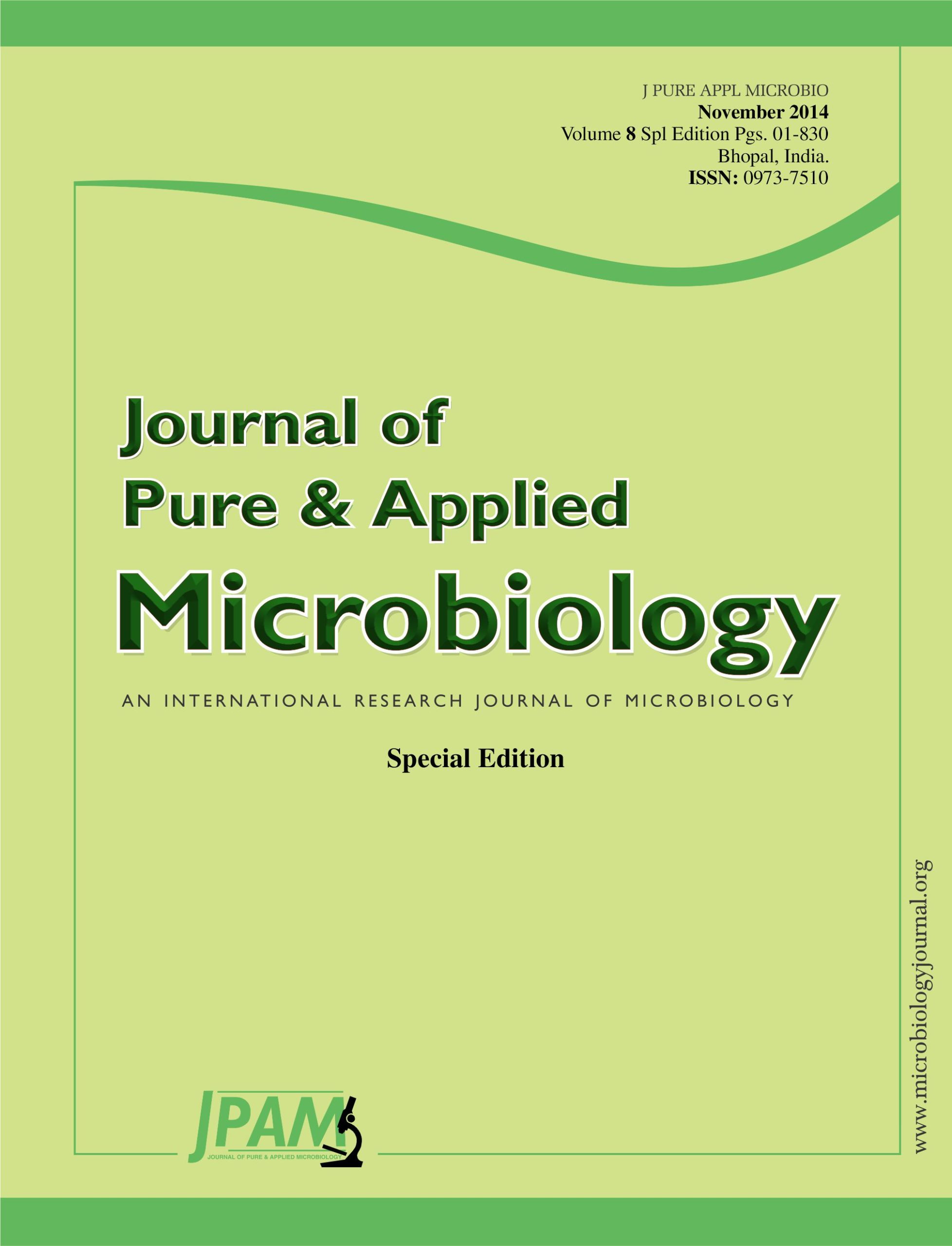From soil, collected in Riyadh, 49 bacterial isolates were obtained on starch nitrate agar. All the obtained isolates were screened on minimal medium containing 0.5 % uric acid for urease production. The most active bacterium (isolate UR10) produced about 0.5 U/mL of intracellular urease and was identified as a species belonging to the genus Streptomyces using morphological, physiological, and biochemical characters. By 16S rDNA, it was identified as Streptomyces chromofuscus UR10. Maximum urease production was obtained using medium 2 with 0.2 % uric acid as an inducer, an initial pH of 6.5, and an incubation temperature of 37°C at 100 rpm. At the end of the incubation period, the cells were collected and disturbed, and the urease enzyme was precipitated by ammonium sulfate. The enzyme was purified using different column chromatography methods, and the molecular weight of the purified urease was determined by SDS-PAGE electrophoresis. The optimum temperature for maximum urease activity was 45°C; the optimum pH was 8. Co2+, Ni2+, Zn2+, Cu2+, and Pb2+ decreased the enzyme activity, whereas Ca2+, Mn2+, Mg2+, and Fe2+ stimulated it. In conclusion, urease was produced by Streptomyces in a medium containing uric acid as inducer, and this enzyme can be used to detect and quantify uric acid in urine and/or blood.
Urease, Streptomyces, molecular weight, uric acid, enzyme activity, 16S rDNA
© The Author(s) 2014. Open Access. This article is distributed under the terms of the Creative Commons Attribution 4.0 International License which permits unrestricted use, sharing, distribution, and reproduction in any medium, provided you give appropriate credit to the original author(s) and the source, provide a link to the Creative Commons license, and indicate if changes were made.


